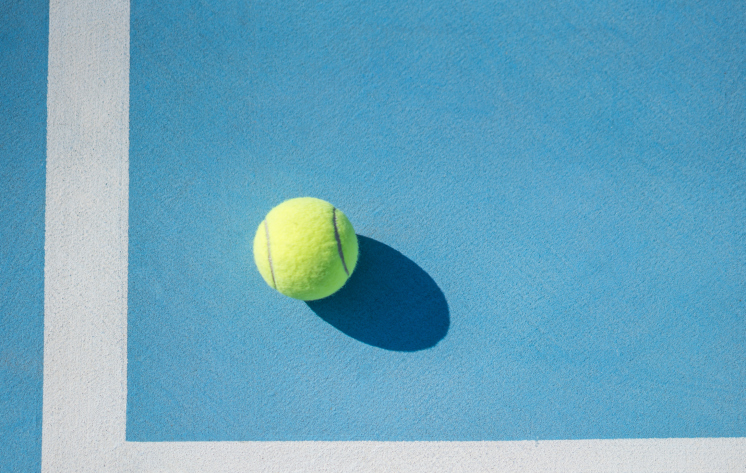Season Planning: On-Court Curriculum

To get the best out of your students, tennis pros need to build a detailed curriculum just like school teachers. This ensures that players will more likely get the most out of their lessons. This doesn’t mean that lessons cannot change on the fly if the pro notices some glaring problem, but “winging it,” as the basis of that curriculum will no longer fly. It is a disservice to the students, who can benefit most from the logic of an in-depth plan that builds from the ground up.
At CourtSense, we divide the school year up into three sessions of about three months each which we call trimesters. We have developed a three-month plan for each trimester that I essentially repeat each new trimester, give or take a week.
To use our high performance 10-and-under groups as an example, we divide each trimester into four stages: General, Specific, Pre-Competitive and Competitive Preparation. The general stage is four weeks long and it is the initial stage of the trimester. The main goal at this stage is to concentrate on players’ techniques. To break this stage down a little more—during the first week, we do a lot of live ball drills which helps the pros study technique and movement, and assess what we see as the main issues with their game. One of the most important things we do is track what appears to be getting better with our students, and what still needs more work. Once we have a sense of what the players need, we spend the next three weeks designing drills to attack these issues. Players might work on changing grips or improving their swing path on various strokes. Additionally, they will begin to work on basic movements, like split-stepping and taking the proper first steps.
We always include some sort of match play in the last part of our lessons, and during the general stage of the trimester, those competitions tend to focus on consistency and control. Young players often forget their “corrections” once they’re competing, no matter how low level the competition is, so on the last week of this stage, we take points away from the players if they are not executing the proper technique or the corrections that they have been working on. In this way, the competition is more about winning in terms of technique, not winning a point in a forgettable King-of-the-Court game.
Our next four weeks are taken up by the specific preparation stage. The focus in this stage is primarily on footwork. We work on movement in various directions for all types of shots (easy, neutral and emergency). During this stage, we also work on basic shot selection based on court position.
We set up any number of situational drills, such as inside-out and inside-in forehands, swinging volleys off of a defensive shot from the opponent, and hitting the ball on the rise so as not to lose court position. We don’t want to completely forget technique of course, and if we begin to notice a pattern where students are reverting to old habits, we will go back and polish the technique.
During match play we will continue to take points away from players if they use poor technique even if they win the point. But we will also reward them extra points if they take the right shots and use the patterns that we were working on.
In the pre-competitive prep stage (three weeks), we return to a live ball environment, and begin to focus on decision-making. We work on how to begin and finish points, patterns of play, and place players into different tactical situations to see how they compete their way through the point. We still reward players for proper shots and pattern execution, and we also start to play straight up points with no special rules.
The last two weeks of the trimester is our competitive stage in which everything is about live ball, point play and shot selection. Not surprisingly, students enjoy this stage the most. There are still points of focus at this stage. While students might like this stage, it’s at this point that tempers often flare when competition reminds them that they still need more work on their games. At this stage, we work on students managing their emotions, and on rituals that help them calm their nerves to compete more effectively.
Each stage in the trimester builds logically to the next. We begin with technique, move to movement, slide into shot selection and decision-making, and finish off with competition and dealing with competitive stress. All the while, we are flexible in terms of the dynamics and patterns of the students’ needs, which always should come first.






